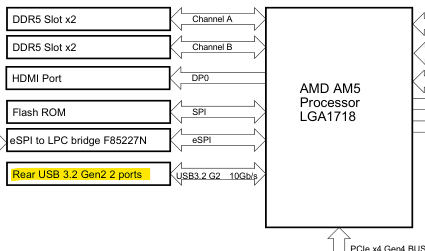Over the last few days I have been troubleshooting an issue relating to a new windows PC I have built with the intention of running Cubase with an RME Babyface Pro USB audio interface. To my surprise, it appears that there is a troubling interaction which has a long history, has not been solved, and may influence your choice if your are thinking of building a system based on an AMD Ryzen CPU, windows, Cubase and an RME USB audio device. I am posting here, and also on the RME forum, in the hope of either finding a solution to this issue or at least making people aware that this problem exists.
The problem in my case is that the Cubase audio engine does not reliably start when the application is opened when set to use the RME ASIO USB driver at a 256 sample buffer or below. By opening another audio application, then switching back to Cubase, you can usually prompt the audio engine in Cubase to begin working, provided I have set the Cubase audio engine to release the ASIO driver when in the background. If i set the sample buffer to 512, Cubase 14 works without issue.
Note that all other non-Cubase audio applications work fine with the RME USB driver in all of my testing. I have also tested two other audio devices in this PC and both have worked with all audio applications, including Cubase 14, without issue at all sample buffers sizes I have tested. In my case the issue is specific to Cubase 14-RME USB audio driver-buffer size 256 or below. I have found 5 threads from this forum which show issues which are very similar have emerged with the specific configuration of Cubase-RME USB Asio driver, and AMD Ryzen CPU over various recent versions of Cubase without ever being definitively addressed - unfortunately I cannoit post links to those threads here, but you can find them in my post about this issue on the RME forum.
In a bit more detail, mine is a brand new Windows 11 PC, 9950x3D CPU, 128GB DDR. Latest driver and firmware for RME Babyface Pro connected via USB. Windows audio set to use Realtek PC audio (not RME). RME Babyface is internally clocked, sample rate 44.1khz.
-All ASIO audio applications (Reaper, Kontakt 8 stand alone, for example) work fine with RME Babyface Pro at 256 sample buffer except Cubase 14. At 256 sample buffer on the RME, Cubase 14 often (approx 80% of the time) opens with no error messages but audio engine not functioning (so no audio produced). This is the case both straight after a reboot or after other applications have been used. If I set the sample buffer to 512, everything (including Cubase 14) works without issue (but the latency is too high for my use).
- If I set the Cubase audio system to release the audio driver when in the background, I can sometimes get the Cubase audio engine to start by doing the folllowing: open another audio application set to use the RME Asio driver while leaving Cubase 14open, and then returning to Cubase 14.
- I have tried different USB connections, changing all ASIO related setting in Cubase 14, changing number of RME WDM drivers and their exclusivity of use - the Cubase 256 sample issue remains in all cases. I am testing using an empty Cubase project.
-I installed two other audio interfaces (Topping Pro E2x2, Zoom UAC-8) and both work fully without any issues in Cubase at all tested buffer sizes.
I have contacted Steinberg technical support and have been working with them on this issue, however I do not think my specific contact quite realizes the ancestry of this issue as yet.


